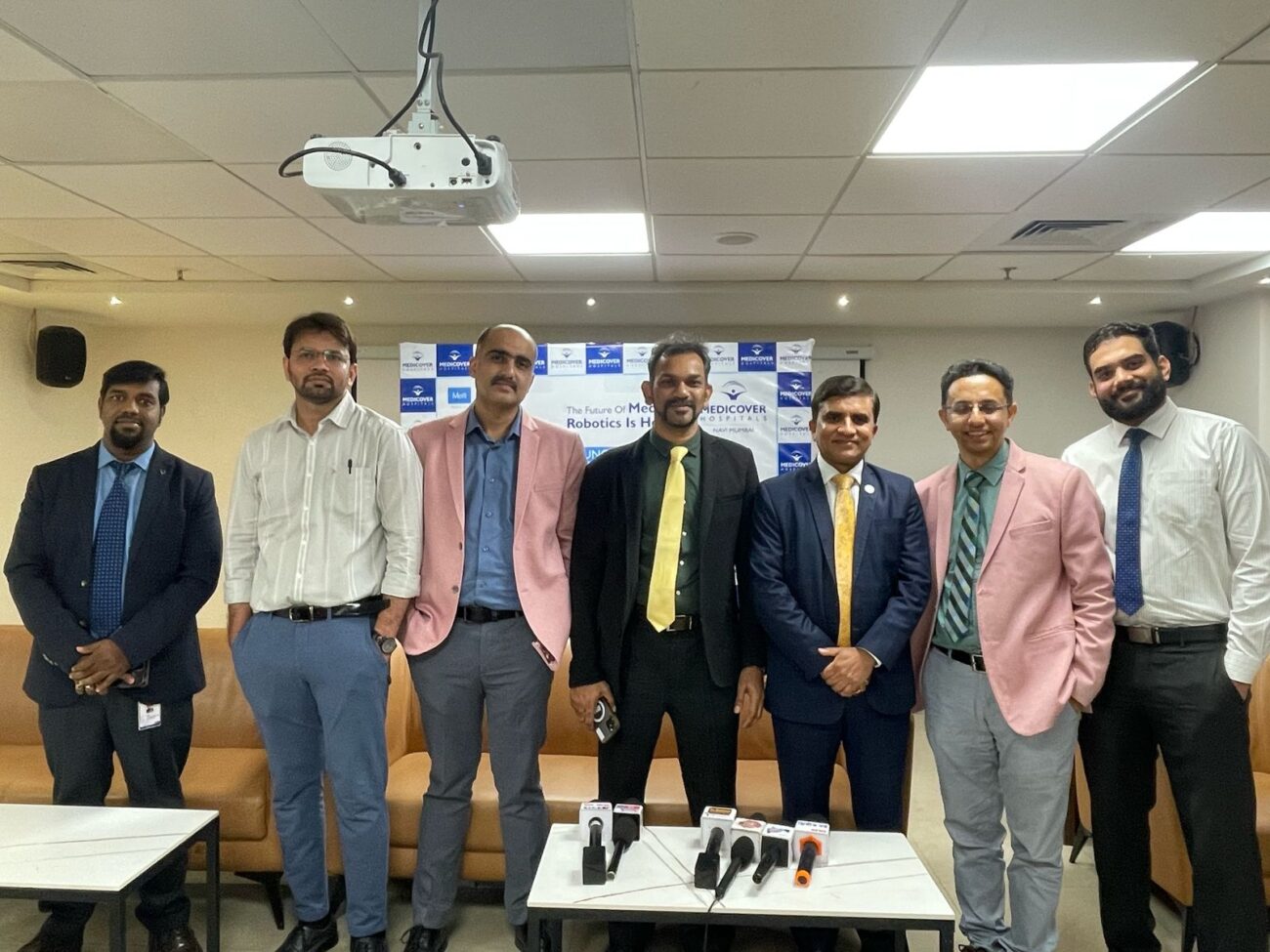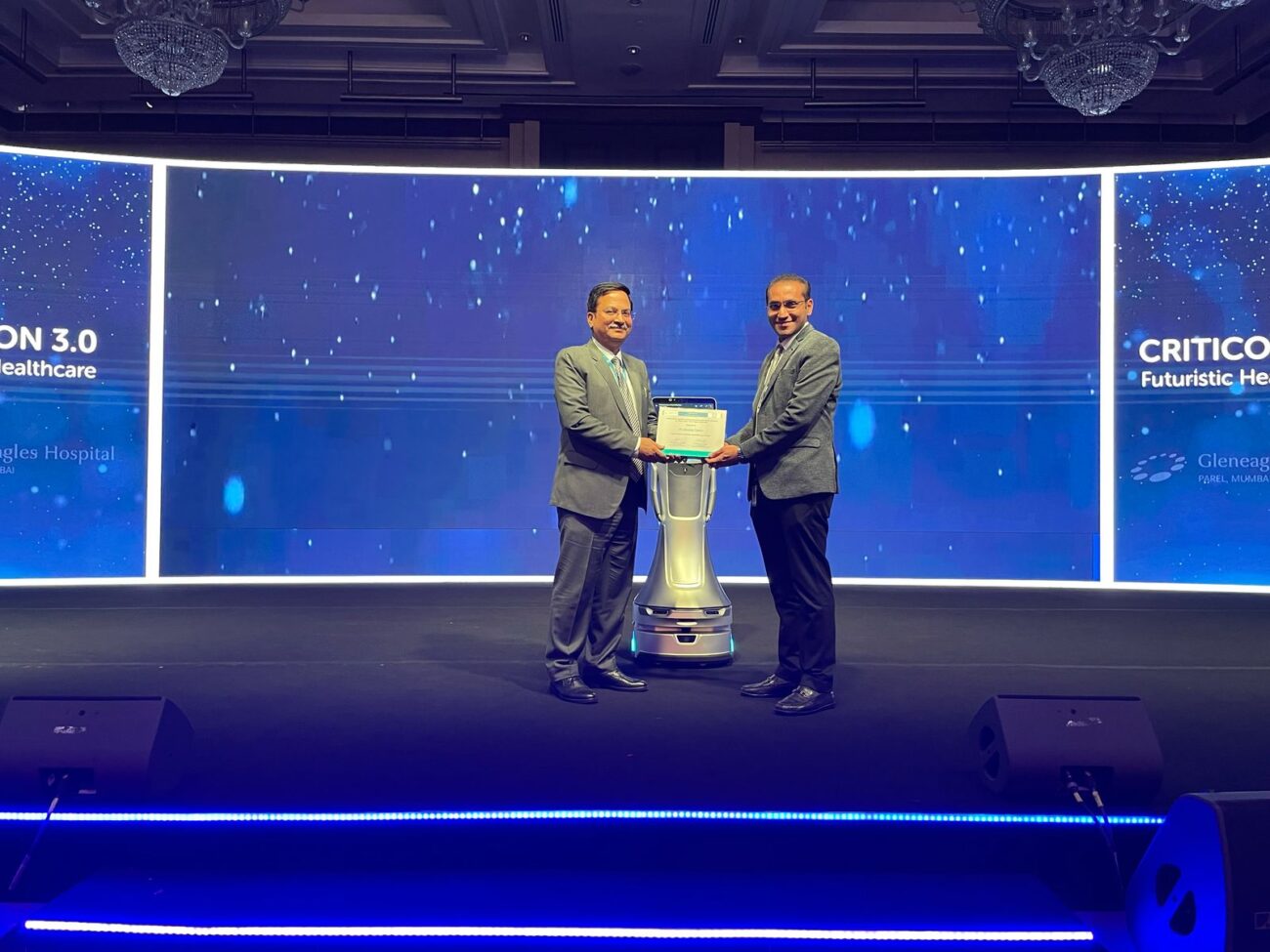Dr. Archana Dhawan Bajaj – Gynecologist, Obstetrician and IVF Expert, Nurture Clinic New Delhi
Recent advances and trends shaping the IVF industry in India In vitro fertilization (IVF) offers the joy to have your off-spring which otherwise would not be a reality for many couples. IVF has gained much popularity

Recent advances and trends shaping the IVF industry in India
In vitro fertilization (IVF) offers the joy to have your off-spring which otherwise would not be a reality for many couples. IVF has gained much popularity among patients and medical professionals alike and it is now more accessible and affordable in low- and middle- income countries.
Let’s have a look at some current developments in IVF technology that are shaping the industry in India.
Artificial Intelligence (AI) in IVF
AI can significantly improve the ART treatment plan by improving clinical effectiveness and efficiency. While an embryologist has limited knowledge when examining the images to search for a certain set of observable characteristics, the AI predictor’s database contains at least 100,000 instances to effectively predict the future with certainty. Furthermore, it can also evaluate minute characteristics that are otherwise challenging for even the most experienced embryologists to see.
AI integrates Time-Lapsing Imaging (TLI) technology that enables better and early selection of in vitro embryo for improved outcomes.
The use of AI in single embryo transfer, prediction of embryo ploidy and development of portable semen analysis thereby bringing down the chance of multiple pregnancy and prediction of successful implantation rates is more likely.
Stem cell treatment
Stem cell treatment is a significant advancement in the IVF industry besides being one of the most researched topics in the various fields of medicine.
The treatment primarily involves extracting stem cells for treatment from bone marrow or fat tissues. Your doctor then replaces damaged stem cells with healthy stem cells having the ability to regrow to any cell type and attach to the damaged area of the body that needs healing and reconstruction.
Cryopreservation
Recent times have seen women delaying pregnancy to achieve their career goals. Assisted reproductive technology allows women to keep their options open while allowing for personal and professional development. Oocyte cryopreservation is one of the most popular method used by women to preserve their fertility. It involves freezing unfertilized eggs taken from a woman’s ovaries and storing for later use.
While cryopreservation is possible for women at any reproductive age, it is important to note that one’s eggs are at the healthiest in their 20s and 30s. Other causes where the technology would be useful is for young women diagnosed with cancers where the treatment might affect their fertility.
Laser assisted hatching
Laser-assisted hatching is the most advanced IVF procedure used in specific conditions. It entails assisting the invitro embryo to implant in the womb by developing a hole in the embryo’s tough exterior shell. The embryo is successfully implanted in the womb in the majority of IVF treatments.
Robotics and nanotechnology
Significant advancements in robotic technology and nanobots have automated intracytoplasmic sperm injection (ICSI) enabling real-time analysis of oocyte penetration by selecting the best sperm or embryo for a certain circumstance. Nanotechnology is utilized for selection of the best sperm and sent to the egg where it is implanted to develop a healthy embryo.
Oocyte activation IVF
In Vitro Fertilization-Embryo Transfer (IVF-ET) cycles, Artificial Oocyte Activation (AOA) is a highly effective method to prevent complete fertilization failure. The procedure makes use of calcium ionophore to help stimulate the egg and increase the chances of fertilization.
In summation, recent years have seen exponential development and spread of ART advances. In fact, what was considered by many to be a medical curiosity has brought hope to couples struggling with infertility and is now responsible for a growing percentage of births across the globe. Numerous advancements in ART have further raised success rates and given a wide range of alternatives to couples in their quest to parenthood.






